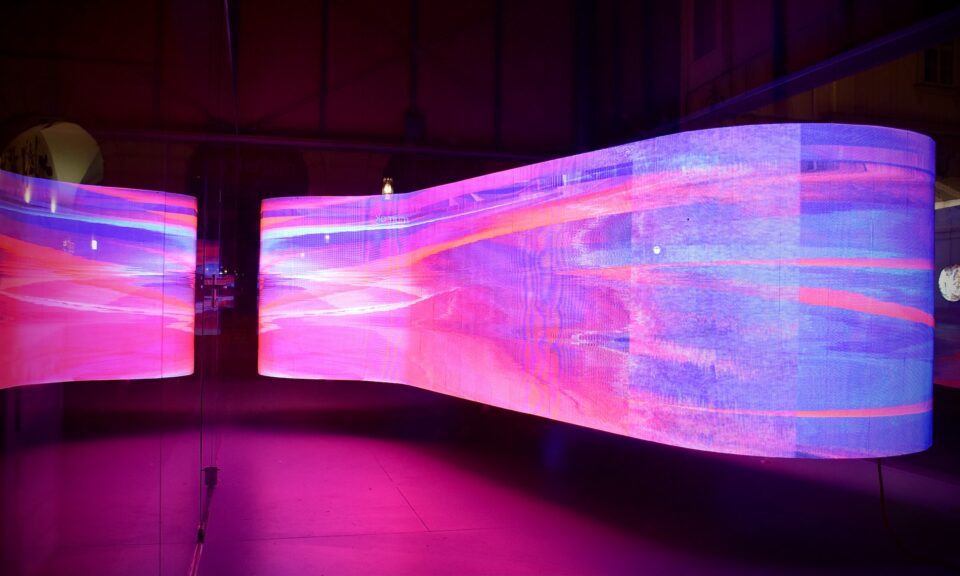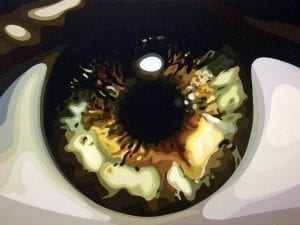Technology continually challenges traditional notions of creativity and ownership. In early October 2023, OpenAI, the creator of ChatGPT, announced that the AI-trained chatbot can now browse the internet to provide users with current information. Previously, the system was only able to access data up to September 2021. Whilst the move improves the accuracy and relevancy of the programme’s answers, it also carries the greater risk of spreading misinformation – where users now will be able to treat the site as “a source of the latest news, gossip and current events.”
The impact is significant for the creative sector – in April 2023, it was revealed that the winner of the Sony World Photography Award was AI-generated. Artist Boris Eldagsen entered the synthetically-produced image in a move that has now opened up conversations on deepfakes, customisation and copyrighting one’s work. The role of AI in the creative process adds another layer of complexity. As digitally-generated artworks become increasingly mainstream, it prompts questions: Who holds the rights? Should it be the programmer, the operator, or the AI itself? And the complications don’t stop there. What occurs when we incorporate AI-assisted tools or employ AI for just one phase of a longer creative journey?

Today artists are already integrating AI into their projects. Some view it as another editing or inspirational tool, a step towards innovation, or a launchpad for crafting something unexpectedly original, as in the case of Alsino Skowronnek. The German painter, based in Berlin, experiments with technologies, integrating them into his painting process in order to create a distinct machine-like typography. In his work he wonders how data and information can be used in novel ways to re-imagine everyday life, as he creates at the intersection between traditional print and contemporary machine learning.
This hybrid approach is the hallmark of the NFT (Non-Fungible Token) era, which offers digital artists the ability to sell their creations, ensuring proof of ownership. These tokens, or unique identifiers, cannot be replicated – yet issues persist, such as how to verify the authenticity of the seller as the true artist. It also opens up concerns on copyright, prompting the question: who owns the rights to a work once it’s out in the world? In light of this, platforms such as Safe Creative have emerged. It is using NFT technology to allow the showcase, license and selling of art, music and literature– including drafts, ideas, sketches, uncorrected texts, or annotations generated over time. Safe Creative’s NFTs have one main function: they represent the license agreement or document that describes the allowed usage of an artwork. The platform clarifies what the work should be used for, as well as who it belongs to – spanning categories such as personal use, exclusive rights, as well as total ownership. In the event of authorship disputes, it provides a copyright registry. Artists are able to secure their work and can certify the entire creative process, showing authorship from the start of the piece, right up until its completion.

Users are also able to specify whether a piece is human-crafted, AI-generated or a combination. This level of clarity and transparency is invaluable as discussions around AI and copyrights evolve. The declaration, coupled with the certification of the creative process, presents a robust framework to demonstrate authorship. It marks a move in the sector that incorporates, rather than eschews, digital assistance. Just this week, the Van Gogh Museum in Amsterdam unveiled a VR display of the Post-Impressionist’s last works. An AI version of the painter can be asked questions such as why he cut his ear off, or how he spent his final days in France. As the industry involves, so do definitions around value and authenticity. Amidst these changes however, one thing is constant: the need to champion the rights of creators everywhere. We must continue to allow artists to create with confidence, in a space supportive of their creations.
Safe Creative | safecreative.org
Images courtesy Unsplash.





